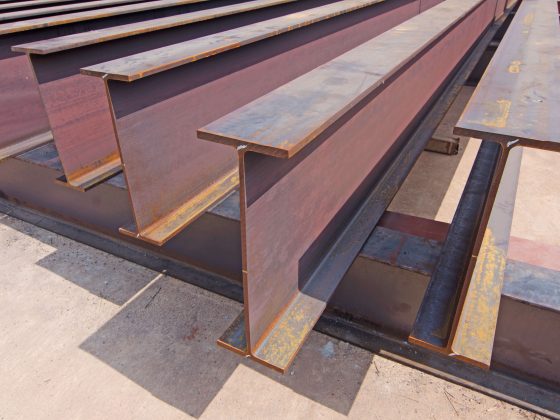An embedded computer, rather than functioning as a standalone computer, acts as part of a full device. Typically, it serves a very specialised purpose. Industrial automation, in-vehicle computing, digital signage, and other applications are all possible with embedded PCs. The size and form of computer networks have changed tremendously as technology has progressed. Commercial embedded computers today are barely distinguishable from their computer tower counterparts. But, perhaps more important, the way businesses use technology has changed.
Embedded computer vs. industrial computer vs. Internet of Things gateway
Embedded computer systems are known by a variety of terms (Box PC, Gateway, Controller, Industrial PC, and so on), but they are essentially any specialised computer system that is integrated into a larger unit, intelligent system, or installation. They come in an infinite number of shapes and sizes, from the tiny ARM-based processors that power today’s phones to all-in-one solutions that run enormous earthmovers and military equipment. Embedded computers are also important in the growing Internet of Things, allowing devices, persons, locations, things, and the cloud to connect.
How are Embedded Computer used?
A self-contained PC that is being used as part of a larger system is referred to as a “embedded computer.” From data gathering devices in solar arrays to navigation equipment on NASA’s planetary rovers, our embedded computers are the brains behind complicated digital signs shows and trendy interactive kiosks. It’s likely that you passed several embedded computers today on your way to work. You most likely had no idea they were there. They quietly power many of the products and systems on which we’ve grown to rely.
Difference between an Embedded computer and a Tower computer
The way an embedded PC is utilised is the easiest way to define it. However, embedded computers have become an important aspect of modern system architecture due to a few crucial qualities. Embedded computers offer a number of advantages over consumer-grade hardware.
Small form factor: One of the most defining aspects of virtually all embedded computers is their small form factor. Embedded computers, which are typically built around small form factor motherboards such as Mini-ITX or Intel‘s NUC, can be used in places where regular tower computers would not fit. Embedded PCs can also be used in nearly any position or orientation thanks to strong storage and adjustable mounting choices.
Low maintenance: Because embedded computers, as their name implies, are often found deep within complex systems, reliability is critical. Industrial computers are designed to run continuously around the clock. They frequently use fanless and ventless enclosures that are meticulously constructed to efficiently dissipate heat. Environmental threats such as dirt and floating debris, as well as extreme temperatures, moisture, and vibration, are also protected.
So, what is the best-embedded computer?
A wide range of industries uses embedded computers all throughout the world. Embedded computers are everywhere, from pipeline monitoring in the oil and gas industry to network security devices that monitor and fight intrusion vulnerabilities. Finding the best-embedded computer necessitates a thorough understanding of the application in question. There is no one-size-fits-all embedded solution because there are so many variables at play.
To determine which embedded computer is right for your project, you can check out embedded pc Malaysia for more information.






